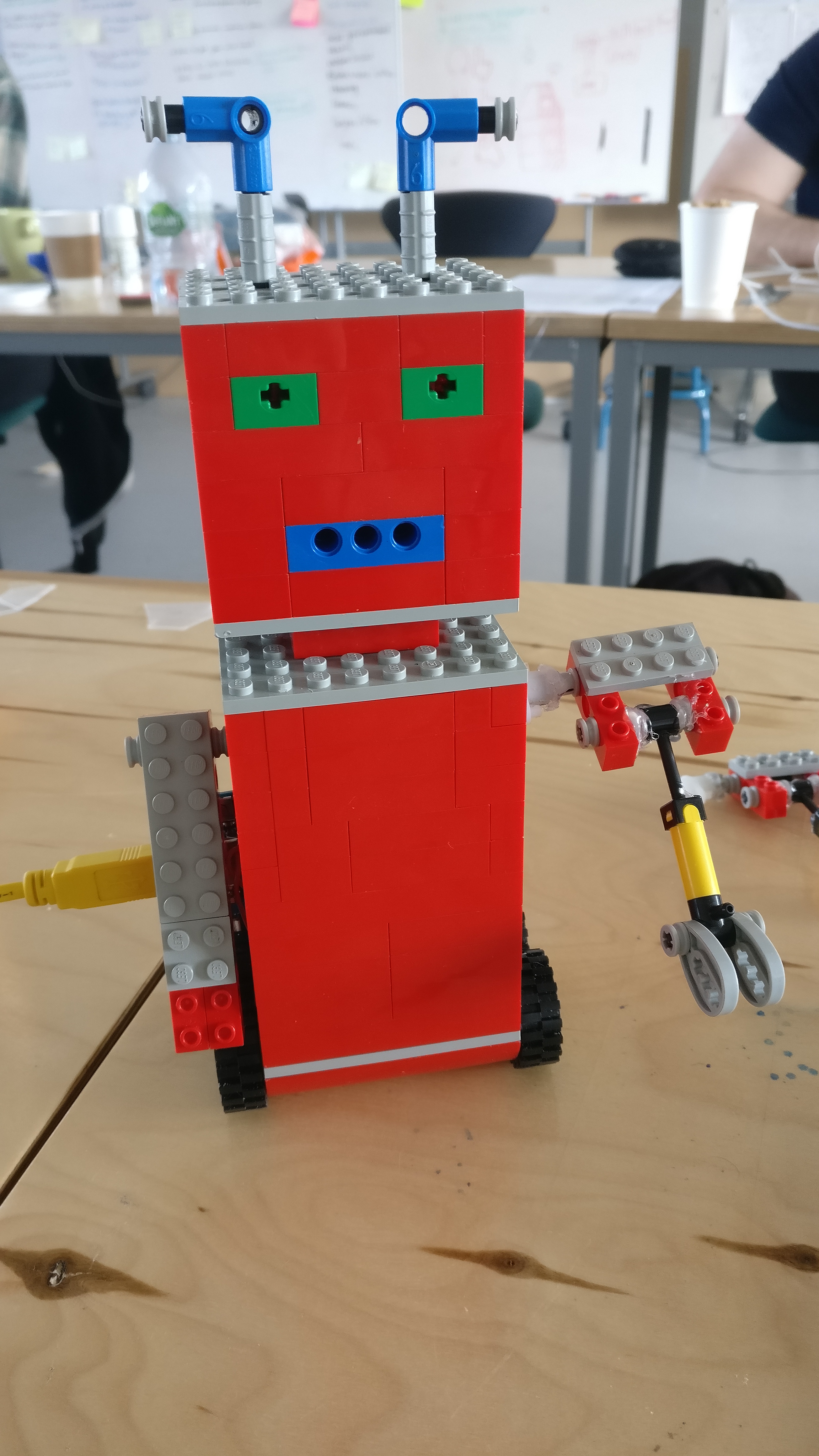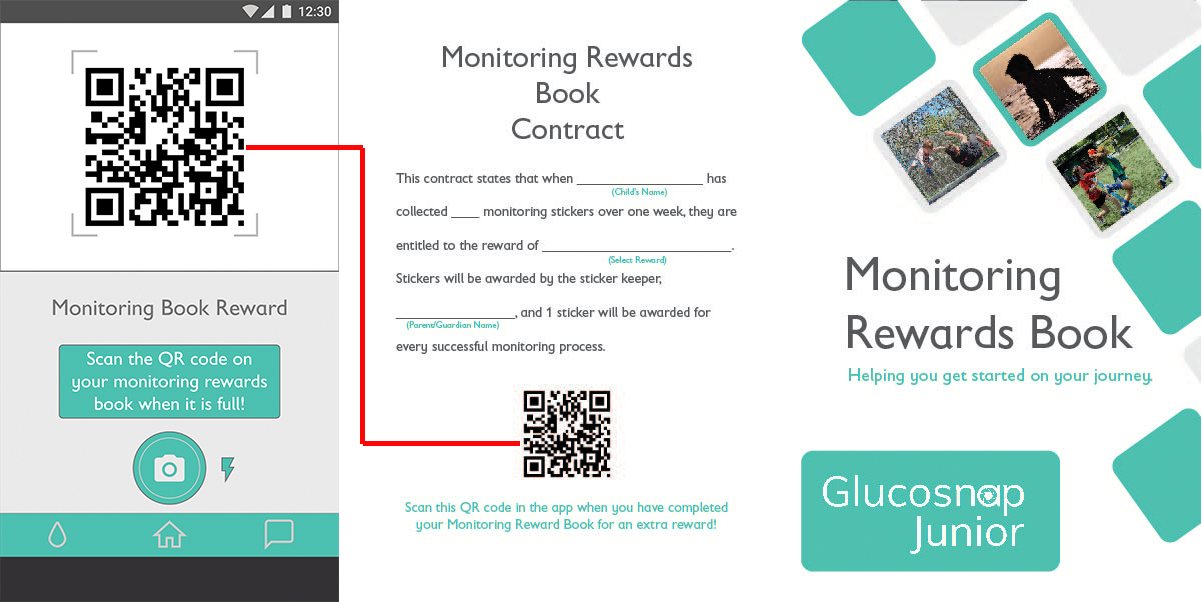Linking Digital and Physical
Does linking the digital and physical increase a users engagement in a product?
Intro
Kids these days often live a large part of their lives through screens. A lot of their favourite games, characters and experiences all happen on screen based devices. This is a big change from my days as a child where physical toys and action figures dominated the toys market. One of the big differences that I see between now and then is that if a child today downloads a new game on their parent’s iPhone or iPad, they might play it for one or maybe two days before it is quickly replaced by a new free app from the app store. The shelf life of some of these games and experiences for children is so short compared to when I used to get a new RC car or wrestling figurine which I would enjoy until my next birthday or Christmas.In a couple of projects during my postgrad I explored whether adding a physical feature to a digital application would increase the learning experience and the length of engagement that the user would have with both the physical and digital products.
Design for Complexity
During a one week project called Design for Complexity where we were allowed to choose any topic and investigate it and propose a concept based around that topic, I chose to look at how programming and coding is currently taught to children. The question that I set myself was as follows,“How might we teach children about coding and get them interested in programming from an early age?”
To me this was an extremely interesting question. When I was growing up it was only an extremely select few who even knew about coding or programming or knew how prominent it would be in today’s society. But today there are fantastic organisations such as Coder Dojo who bring in children and teach them the fundamentals of coding through fun games and activities. After conducting some market research into what kind of interactive coding games and activities there were I found some really interesting examples ranging from board games such as “Robot Turtles” to programmable Lego.

My concept programming game, “Redmonds Adventure” featured a fully customizable robot toy that is linked to the on screen adventure. The PC game involved stacking “action cogs” in the correct order to move the on screen avatar from one point of the map to the other while also carrying out tasks such as cutting trees. But when Redmond needs to chop down a tree, he must be physically equipped with the axe attachment, and when the code saying to chop the tree is ran in the game, Redmond will chop with his axe attachment. This adds another layer of interaction in the game and also gives the children a sense of what the code they are inputting is actually doing.

Because this was a one week project I did not get a chance to fully user test this snippet of a potential game with any potential users, but when I explained the premise of the game to my younger cousins they seemed enthusiastic.
Application
During my MA thesis project this concept of linking the digital and physical cropped up again after my project pivot. The concept was to have a diabetes education kit that would be used by the child and parents and would have components that would help alleviate initial fears for the parents as well as interactive components like the monitoring rewards book that would be filled out by the child. Along with the kit I was also proposing a blood glucose tracking app that would be used by the parent and the child. The child would log their blood glucose by taking photos of their monitors or insulin pumps in the app and then the parents can screen and update this data on their side of the app.
In order to make the app more appealing for children, when the child sets up their profile they also create a digital avatar who gives them feedback and instructions within the app. From research I found that kids will engage more with an app if there is a sense of progression in it, by making this avatar customizable and having unlockable upgrades I hoped that it would prolong their interaction with the app and de-medicalise it by adding a layer of fun interaction.
After settling on the app and kit features and components, I thought back to my Design for Complexity project where the link between the digital and the physical was the most worthwhile interaction and I wanted to see where I could now make the link between the digital and physical for this diabetes education kit an app.
After settling on the app and kit features and components, I thought back to my Design for Complexity project where the link between the digital and the physical was the most worthwhile interaction and I wanted to see where I could now make the link between the digital and physical for this diabetes education kit an app.

The monitoring rewards book in the kit is one of the most important components as it is there to help encourage routine setting when testing blood glucose levels or dosing insulin. I felt that because this was such an important piece of the kit that it was important that the child engaged with it fully. By linking some unlockable content in the app to a QR code that can be scanned after each monitoring rewards book is complete I hoped to increase user engagement in both the app but also the monitoring rewards books. My research told me that routine setting for families with a newly diagnosed diabetic child is one of the hardest things to come to terms with and I think that by linking the digital app to this physical component it would increase engagement with this key component.